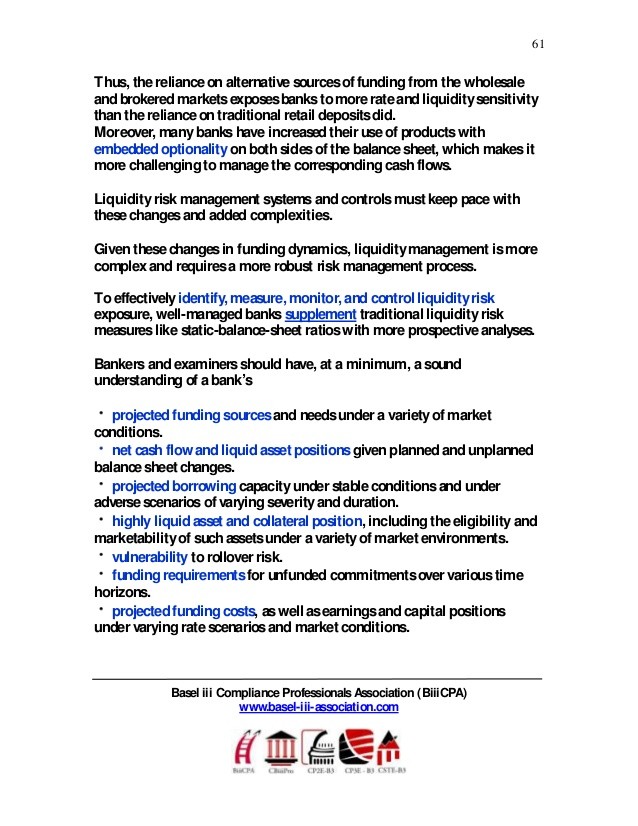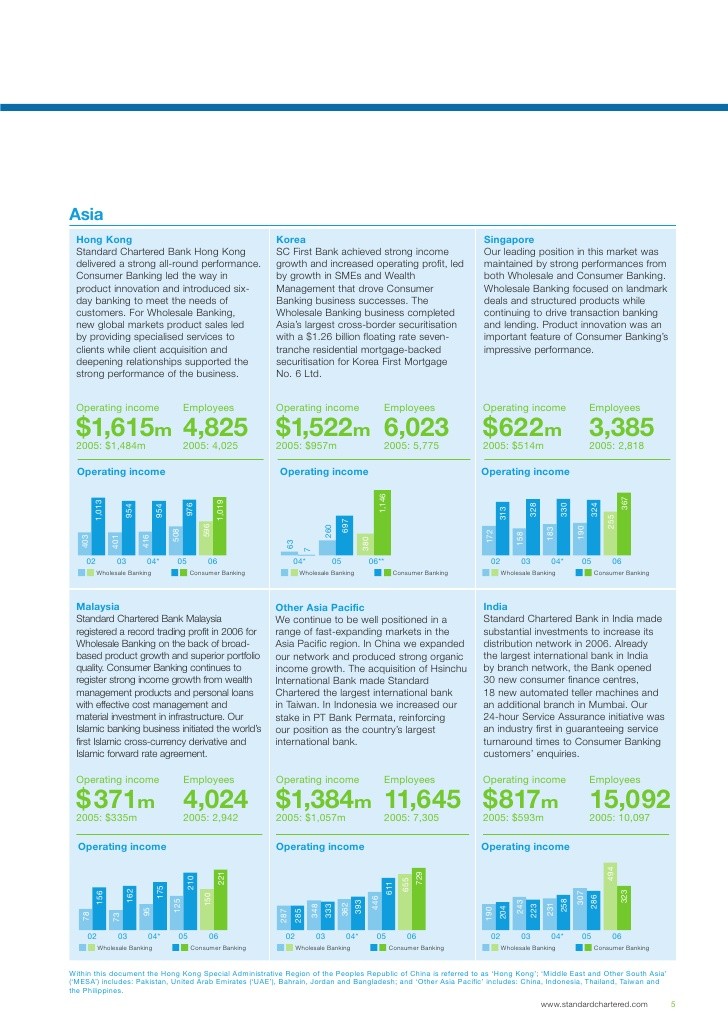Basel III Why Asian banks are in pole position Copublished Views News The network for
Post on: 16 Март, 2015 No Comment

Do you expect the transition to Basel III to be smooth for Asia-Pacific banks?
Although the new Basel III capital requirements to be implemented in Asia-Pacific are more stringent, we expect most banks in this region to be able to comply with the new requirements within the stipulated time frames and without significant difficulty or without issuing new equity or reducing risk assets over the next three-to-five years. Our optimism is primarily due to the relatively strong core capital positions of most Asia-Pacific banks we rate. At the same time, we believe that the regions banks will build up capital by accumulating retained earnings, tapping the capital markets, or receiving capital from the public sector.
Asia-Pacific banks generally have high levels of core capital because most of them escaped the global financial crisis largely unscathed and they have enhanced core capital through retained earnings or common stock issuances over the past few years. In addition, most countries in Asia-Pacific have applied stringent definitions to regulatory capital, which reduces the gap between their Tier 1 capital and Common Equity Tier 1 (CET1) capital ratios. For instance, banks in Hong Kong and Korea are already deducting nonservicing intangibles and deferred tax assets from their Tier 1 capital. At the same time, a higher capital charge for counterparty risk is unlikely to have a large impact on the banks risk assets, in our view.
Do some banking systems face more challenges than others?
Major banks in China hold sufficient core capital, and the CET1 ratios of all rated banks are between 9% and 10%, exceeding the regulatory requirement for 2019. In our view, major Chinese banks face two key issues in meeting future requirements: They need to maintain capital in line with high asset growth; and globally systematically important banks in China need to prepare for possible additional capital requirements. We estimate that major Chinese banks will need $84 billion to attain a 9.5% CET1 ratio in 2019, based on our assumptions that risk assets will grow by 15% annually and return on assets (ROA) will decline by one-third from current levels.
related
Will the reforms have any implications for credit quality?
In our view, the implementation of the Basel III capital reforms will not significantly affect the financial profile of banks in Asia-Pacific over the next several years. However, the Basel III framework has the potential to strengthen banks capitalisation, which could improve their stand-alone credit profiles.
Although regulatory capital ratios are only one factor in our analysis of banks capital and earnings, we believe the Basel III capital reforms will encourage banks to strengthen their capital by holding a greater proportion of common equity, which is a positive rating factor. In addition, higher capital requirements will protect banking systems from risks associated with excess credit growth and asset inflation, which are key risk factors in the Asia-Pacific region.
Could funding costs rise substantially for borrowers?
The capital reforms could force banks to focus on optimising their use of capital and setting adequate price premiums, with potential knock-on effects on various sectors. For instance, a higher capital charge could lead to higher funding costs and lower availability of longer-term credit for corporate borrowers. Banks play a preeminent role in funding companies in Asia-Pacific, given the regions small share of capital market funding relative to bank funding.
We simulated the incremental funding costs for corporate borrowers under a scenario where banks raise their CET1 capital ratios to 9% from 6% (the ratio hike would generally be voluntary, because most Asian banks have attained the minimum ratio) and funding costs for hybrid capital increase by 200bp. Assuming that banks pass these costs to borrowers, we estimate that funding costs for companies would rise by 8% to 20%.
A higher capital charge could also potentially constrain economic growth, unless banks are already sufficiently capitalised.
Is the capital adequacy of Asia-Pacific banks better than their global peers?

We assess banks overall capitalisation using our risk-adjusted capital framework (RACF). Our RACF, which we use as a benchmark to assess the capital adequacy of banks, provides insight into Basel III capital levels in a globally consistent manner. On a global scale, our most recent estimated risk-adjusted capital (RAC) ratios for major banks in Asia-Pacific compare favourably against the worlds 100 largest banks.
The simple average RAC of large banks in Asia-Pacific is 7.4%, while the average of the 100 largest banks globally is about 6.9%. In addition, the average RAC ratio of all rated banks in Asia-Pacific is higher than 7.4%. The RAC ratios are comparable globally because they incorporate high economic risk in emerging countries through higher capital charges for banks assets.
What are some of the key changes under the reforms?
The Basel III capital reforms the third edition of the minimum standards that regulators apply to internationally active banks have increased focus on capital quality. The new capital requirements will be implemented in 2013, with banks required to hold a minimum Common Equity Tier 1 (CET1) capital ratio of 3.5% in 2013 and 4.5% in 2015. From 2016, banks will also need to hold a mandatory capital conservation buffer of common equity that eventually reaches 2.5%, to protect their financial profile under conditions of economic distress. The buffer will be phased in over four years and will result in a CET1-plus-buffer ratio or total common equity requirement of 7% in 2019. In addition, regulations to be completed in 2019 will require banks to deduct a number of items, such as unfunded pension liabilities, from common equity.
National regulators in Asia-Pacific have accelerated the Basel III capital reforms, with national regulators in India, China, Singapore, Hong Kong and Australia implementing more stringent rules or more conservative definitions. For example, the Reserve Bank of India s (RBI) minimum CET1 ratio is higher at 4.5% in 2013 and 5.5% in 2019.
Naoko Nemoto, the author of this article, is the Tokyo-based head of research for Standard & Poors Ratings Services financial services analytical team in Asia-Pacific.














